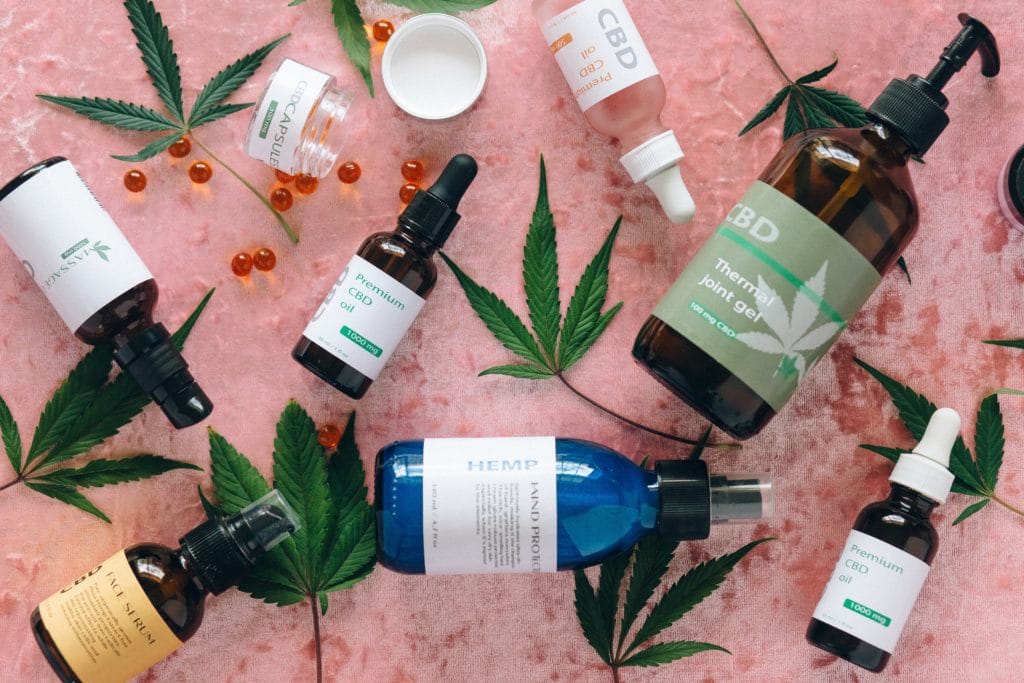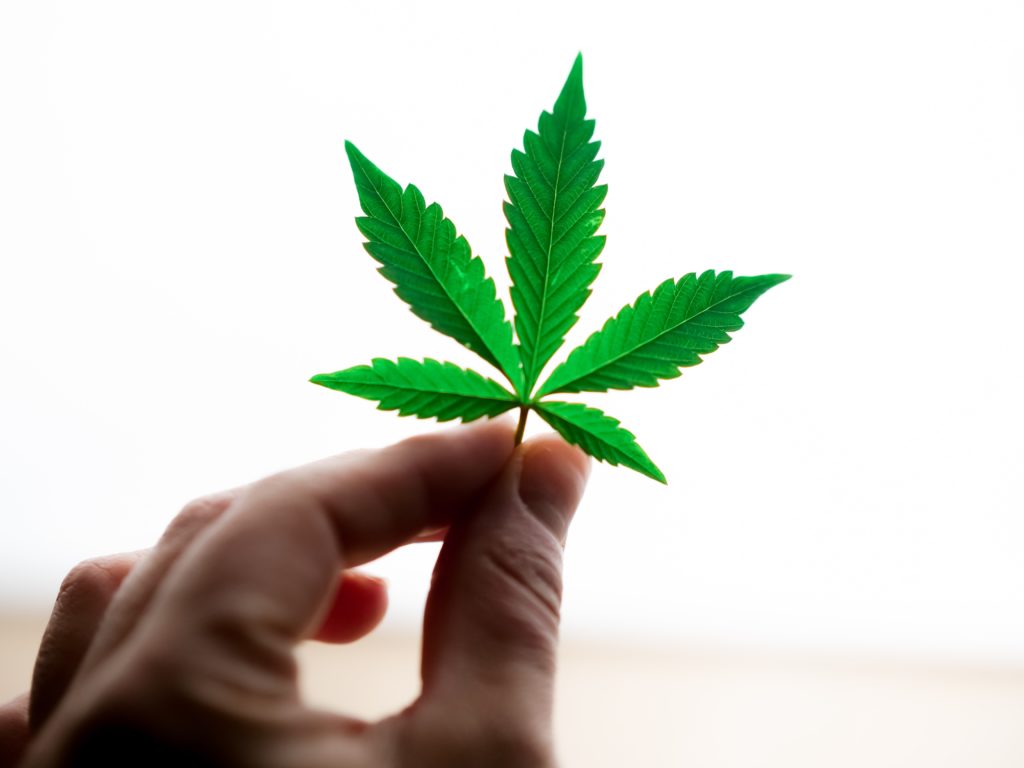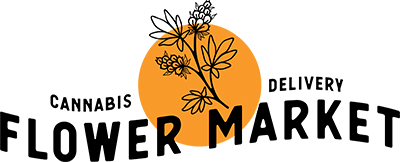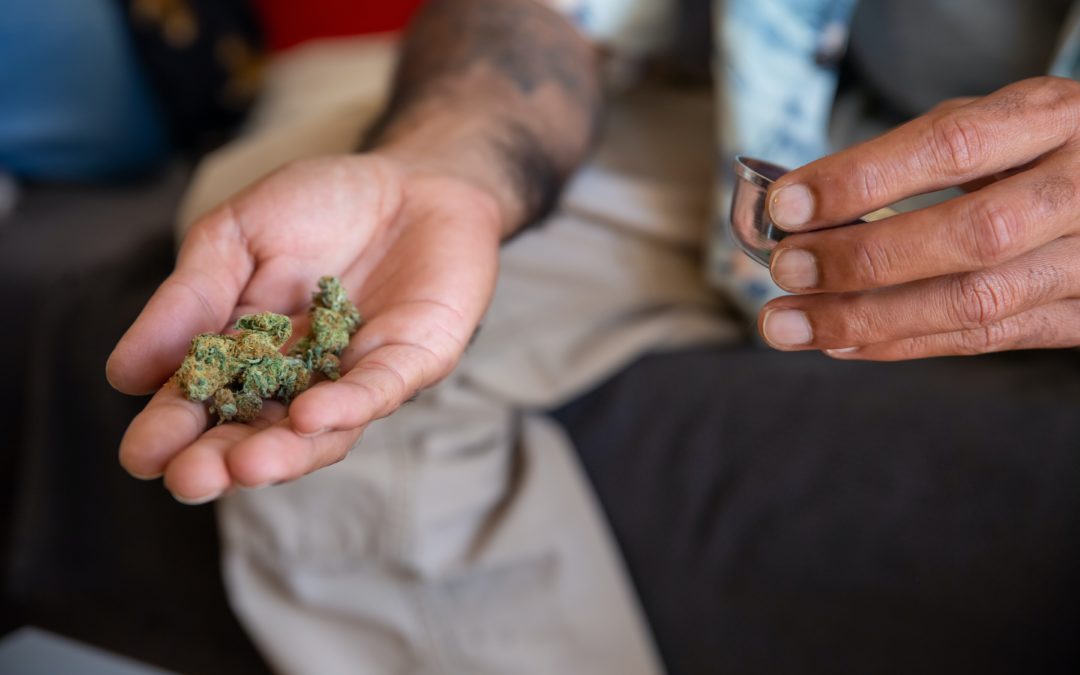Millions of people consume marijuana each year. When a consumer legally purchases marijuana, they are confronted by a seemingly new sophisticated labeling system. Hopefully, preventing unwilling adults and children from consuming products that contain CBD and THC.
For many people who are legally purchasing marijuana, these labels can be confusing to decipher. Here’s how to decode cannabis labels.
What’s on a marijuana label?
Each state has specific laws, detailing what should be included on marijuana labels. Most require details about, product contents, THC and CBD quantities, specific strands, etc…
Similarly, all states will require manufacturers to secure and seal their products in a tamper and child-proof container. And usually, these containers will need to be push-and-turn caps and/or pinch-and-slide mylar bags.
Because marijuana labeling can vary state by state and even further from product to product, learning how to read marijuana labels themselves can be a bit tricky for a consumer to translate. A consumer might be confronted by varying label information. Like dosage information, cannabinoid concentration, ingredients, and/or lab testing.

Even these laws vary, all manufacturers must comply with the specific state laws because failure to do so could result in the loss of their distribution license. And the stoppage of selling products legally.
Marijuana Label Designs
Targeting children is a big no-no for most states. As each state requires manufacturers to comply with laws that won’t use cartoon characters and/or child-esc flavors within the products or on the labels. These requirements help children from accidentally consuming products that have marijuana.
Some states will further require packaging to be opaque having a tamper-proof container and specific font size to make reading marijuana labels easier.

3rd Party Testing
Third-party testing is required in most states. This means the manufacturer will have to get their product tested by an approved third party. These companies will test for pesticides, quality, mold content, and/or levels of THC /CBD. This testing can be important, as it informs the consumer about the exact product that they will be consuming. And making sure the products for sale are safe for public consumption.
One of the most common contaminants that are found in marijuana products is pesticides.
Specifically, third-party facilities will test products for common pesticides like: Abamectin, Bifenthrin, Carbaryl, Fenoxycarb, Imidacloprid Malathion, Myclobutanil, Paclobutrazol, Permethrin, Spiromesifen and Tebuconazole, and many others.

As you can imagine, the effects of these pesticides within the body can be negative. These contaminants could possibly cause dizziness, vomiting, nausea, skin irritation, abdominal pain, and other serious conditions. Getting rid of these harmful substances within products makes for a more positive experience!
We suggest getting educated on your specific state’s laws around 3rd party testing so it’s easier to understand how to read marijuana labels in your market.
How to Read General Marijuana Label Information
The amount of THC and CBD is very important since THC creates a high or psychoactivity. On most marijuana labels, you will notice 3 main numbers. THC levels, CBD levels, and CBN levels.
THC
This ingredient typically produces the high associated with marijuana products. More about THC here.
Higher levels of THC strains typically have around 18% to 20% total THC. For edible products, this number is often represented in milligrams. Generally, a dose for an inexperienced cannabis user is about 10mg of THC.
CBD
CBD is also known as cannabidiol and differs from THC as it doesn’t provide a psychoactive effect of being high.
When learning how to read marijuana labels, the CBD and CBDA levels make up the total CBD percentage available to consumers. For example, a standard dose in CBD gummies is around 5 milligrams per gummy.
CBN
This substance is a cannabinoid (like THC and CBD) and is usually associated with old and degraded cannabis.
CBN is created when THC is exposed to oxygen and then heat or ultraviolet light. The THC then converts to CBN. Cannabis that was aged, oxidized, or improperly stored can have high levels of CBN. Some folks equate old or stale weed with “sleepy weed”. You want to look for smaller percentages of CBN when reading the marijuana product labels.
Finding the right product can be a bit tricky but knowing how to read the labels is the first step to having a safe and effective dosing experience! Check out our edibles here!



